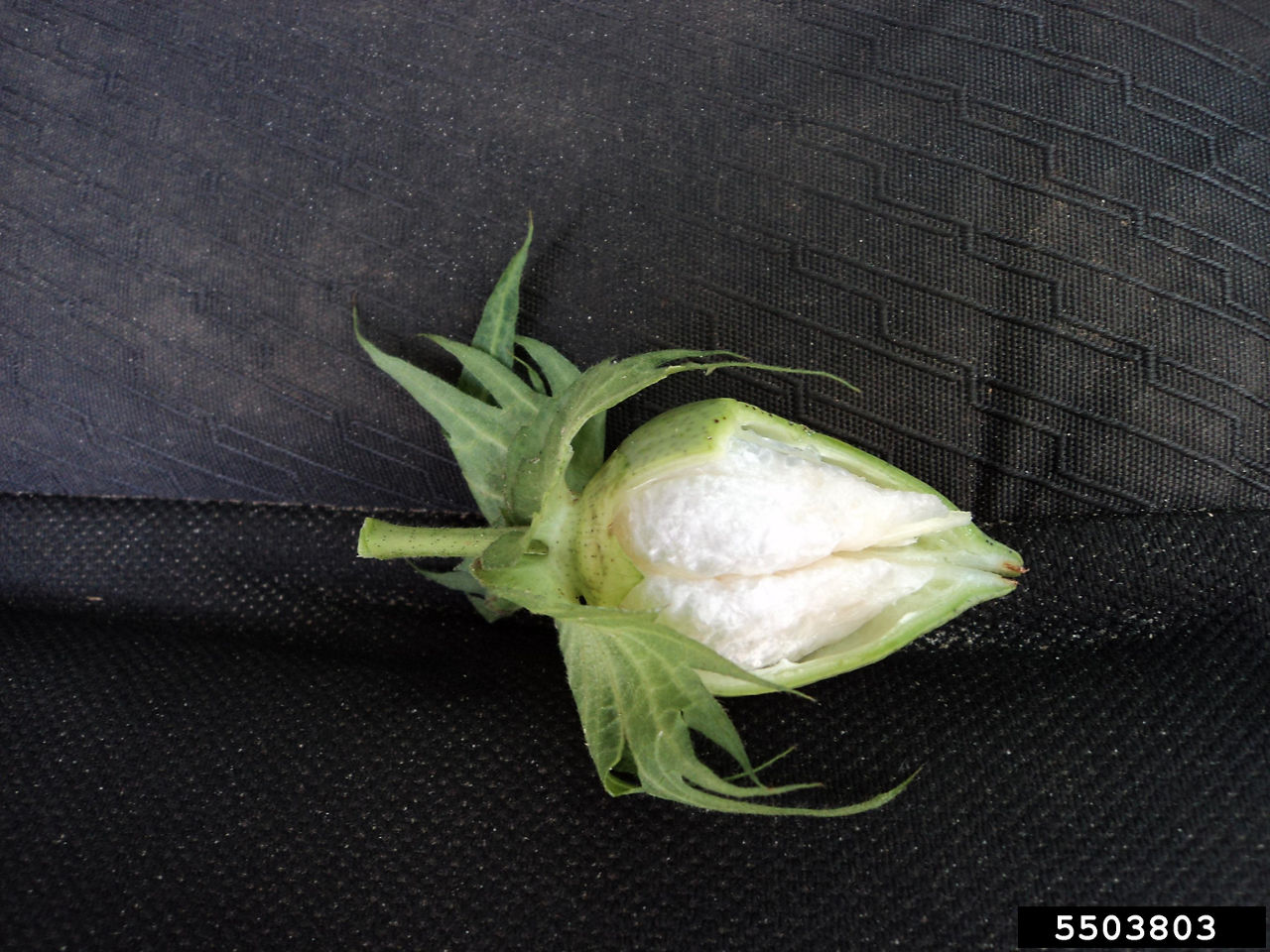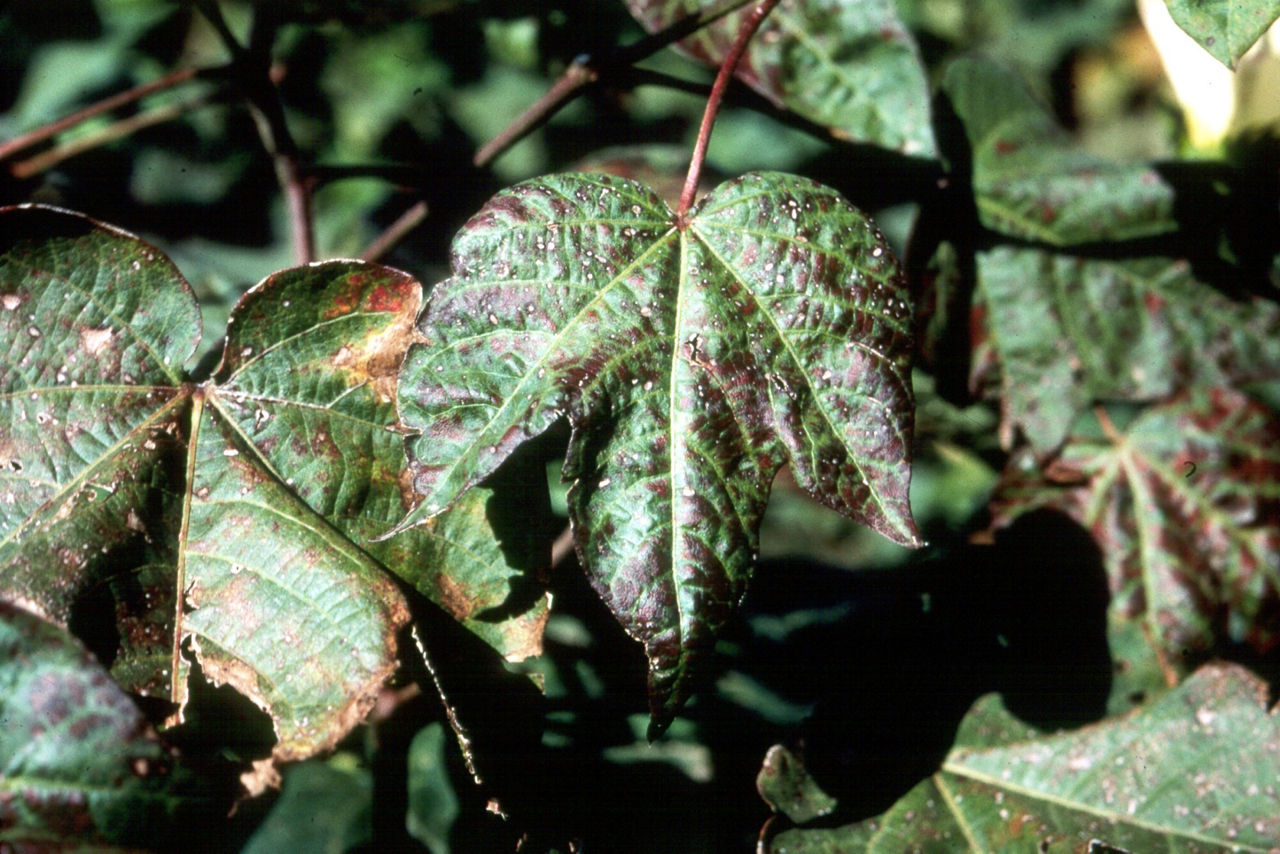5 MIN READ
Low Micronaire in Cotton Production
May 31, 2022
Introduction
Micronaire (mike) is determined by genetics (cotton variety) and environmental conditions and was one of the first cotton fiber properties measured by instrument using the airflow principle (air permeability). Micronaire is a function of maturity and fineness, which affect textile processing and quality independently and differently. Low micronaire can be caused by a shortened growing season or not enough carbohydrates available to reach maturity. Prolonged cool and cloudy weather during late boll set promotes heavy fruit retention, which can lead to low micronaire.
Micronaire that is too high or too low presents problems for the textile industry. Cotton buyers and textile manufacturers prefer a micronaire range of 3.5 to 4.9 and cotton outside of this range may receive deductions. Low-micronaire cotton prevents the uniform dyeing of yarn. It can also form neps, or small knots, that can result in yarn breakage during the spinning process.1 Cotton varieties that characteristically have very fine fibers can have low micronaire and high quality, but more often low micronaire is the result of immature cotton at harvest.
Causes
Shortened growing season. An early termination of the growing season, and therefore immature cotton at harvest, is the most common cause of low micronaire. Disease (Verticillium Wilt), frost, and applying harvest aids too early prevents a cotton crop from reaching maturity. Once leaves have senesced, fiber development may only continue for 2 to 3 days. The immature bolls at the top of the plant will have a lower micronaire than earlier-developed bolls on the lower portion of the plant, resulting in ununiform maturity throughout the plant, and further reducing the quality of the lint (the fiber derived from the ginning of seed cotton).
Without the leaves to photosynthesize, the crop cannot produce enough carbohydrates to mature the bolls, leading to low micronaire. Quality is further impacted by K deficiency because K is required for fiber elongation and thickening, which can decrease strength, length, and uniformity.
Reduced carbohydrate availability can also be caused by dense, rank growth, too much nitrogen, heavy irrigation or precipitation, and a heavy boll load. Any situation that promotes heavy vegetative growth can reduce light penetration to the lower canopy, reducing the carbohydrates available for boll maturity, and lowering micronaire. Moderately cool temperatures during late boll set can also lower micronaire by promoting heavy fruit retention. High temperatures can cause boll shed which can reduce the boll load and increase micronaire.
Management
- Low micronaire can be highly weather dependent, but there are several management practices that can help reduce the likelihood of a low micronaire cotton crop: Maintain appropriate nutrient levels throughout the season to help prevent nutrient deficiencies that can lead to immature bolls.
- Control rank growth by avoiding applying too much nitrogen and controlling irrigation.
Scout for insects and diseases and control when necessary.
Plant an appropriate maturity for the production area.
If a harvest aid is applied, it is important to follow the correct timing. The selection of products should be based on what is needed to prepare the crop for harvest and the environmental conditions prior to the application. Product types include: 3
a. Boll openers
b. Defoliates
c. Regrowth inhibitors
d. Desiccants
Note: When considering a harvest aid, always follow the label and directions for the correct application rates and timing. Consult a local Ag. chemical supplier, agronomist, or crop scout as they can be a valuable resource to help select the product type and timing of harvest aid to help prepare the cotton crop for harvest.
Conclusion
Consider the risk of low micronaire when selecting a cotton variety as some varieties inherently have lower micronaire. Selection of a cotton variety on the higher end of a micronaire rating along with selecting a cotton variety maturity at the earlier end of the maturity range for the area may increase the likelihood of discounts if growing conditions become unfavorable.
Sources
1 Montalvo, J.G. 2005. Relationships between micronaire, fineness, and maturity. The Cotton Foundation. The Journal of Cotton Science. https://www.cotton.org/.
2 Hake, K., Bragg, K., Mauney, J., and Metzer, B. 1990. Causes of high and low micronaire. National Cotton Council. Physiology Today. Vol. 1, No. 12 http://www.cotton.org/.
3 Byrd, S., Wilson, B., Catlin, C., and Althoff, A. 2021 Oklahoma Cotton Harvest Aid Guide. Oklahoma State University. https://extension.okstate.edu/fact-sheets/2021-oklahoma-cotton-harvest-aid-guide.html.
Web sources verified 05/23/22. 1414_9846

